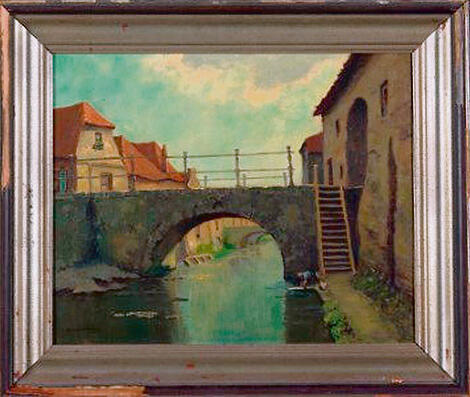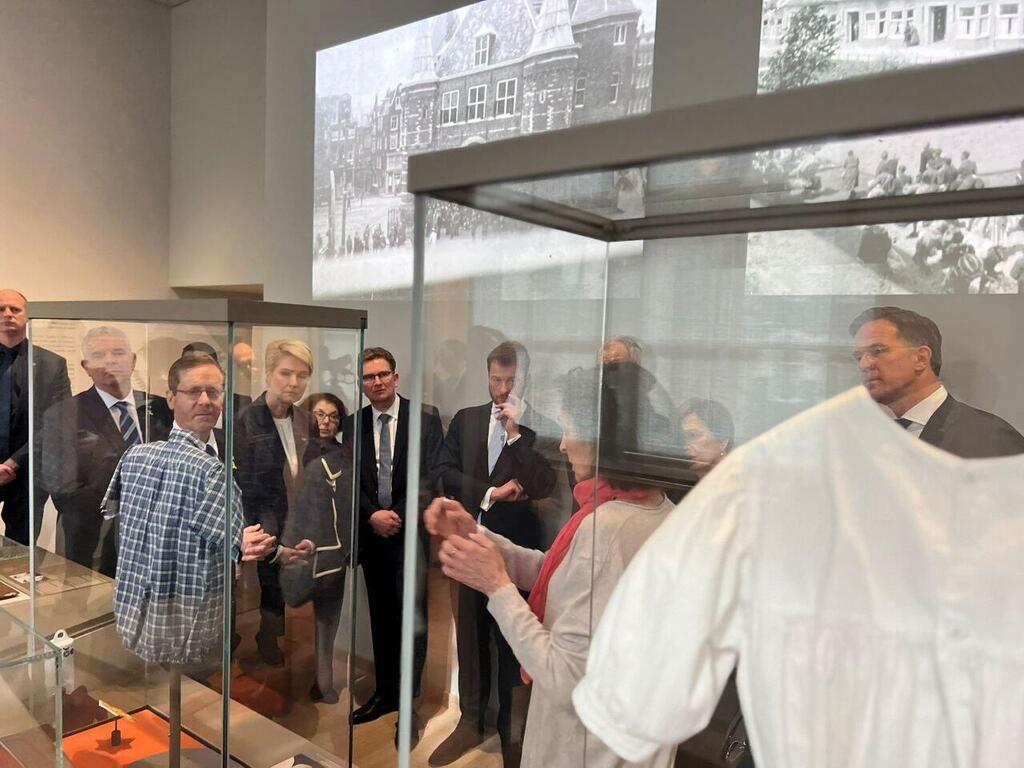Getting your Trinity Audio player ready...
After years of discussions, deliberations, and committees, the Dutch government decided to return thousands of works of art that were looted from Jews by the Nazis before they were deported to concentration camps or death camps such as Auschwitz.
The approximately 3,000 art objects, some of them being very rare were split between warehouses that have not been taken out since the Second World War, and the rest are displayed in museums.
The Dutch Culture, Education, and Science Minister Eppo Bruins hosted last week the first conference of its kind that dealt with the sensitive questions of returning works of art to their owners. How do you check who artworks belong to? How do you overcome barriers of obsolescence and confidentiality? To whom exactly do they return the art pieces, and what do we do with works of art whose owners were murdered and there is not a single person left in the family who can claim them?
"Restitution policy is not merely about justice; it is about humanity. As if justice and humanity could ever be separated!" stated Bruins.
Israeli ambassador to the Netherlands, Modi Ephraim, and the Foreign Ministry envoy for the restitution of Jewish property, Yossi Levy, were also invited to the conference. Levy praised the Dutch government for its excellent cooperation with the Jewish community and for the initiative to return the works to Jewish hands. "Better late than never. This important meeting should be an example to other European countries, which have not yet taken this brave step," stated Levy.
This decision was made several years ago following Israeli pressure and the efforts of the local Jewish community as well as international Jewish organizations. The Dutch authorities announced the beginning of the implementation phase. "This is a breakthrough after years of fighting over the fate of great Jewish art with important cooperation with the Dutch government and the Jewish community," said Israel's ambassador to the Netherlands.




